2024 Bajaj Pulsar N250 Review: Minimal Price Hike, Maximum Upgrades?
Bajaj is stirring the pot with the updated Pulsar N250 which now gets many segment-first features and an irresistible price tag!
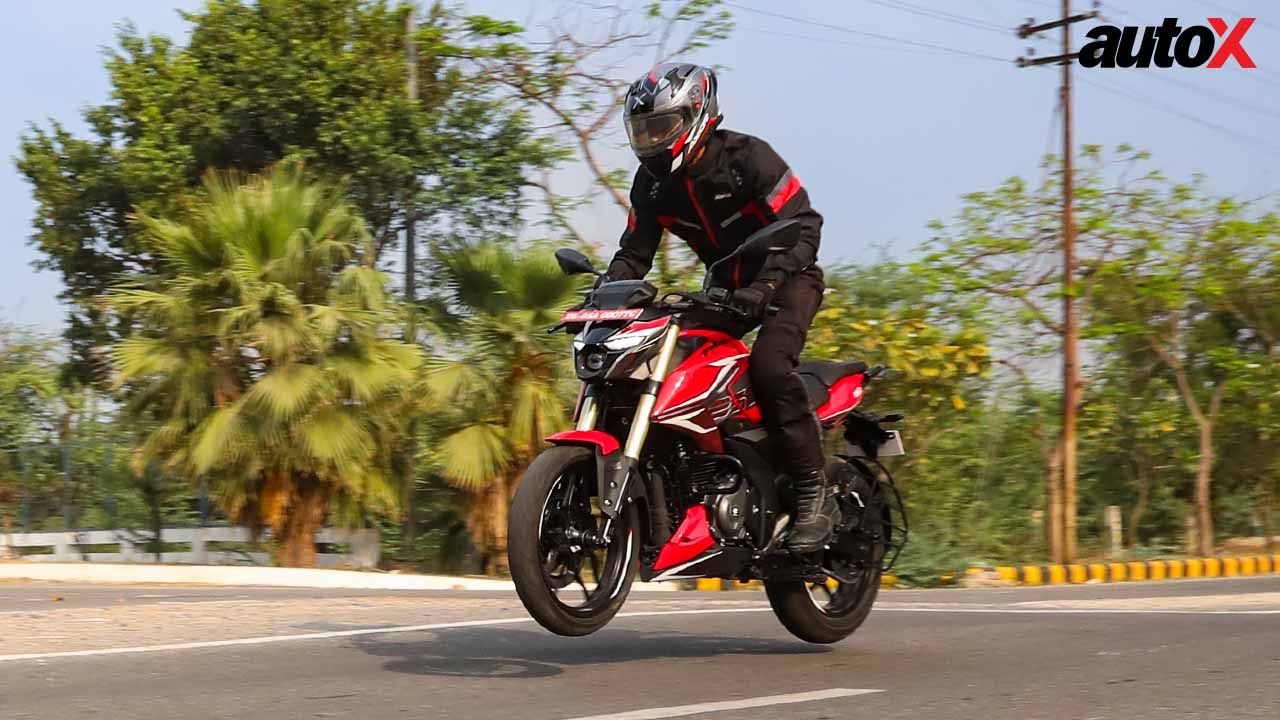
The Indian motorcycle market has become a lot more enthusiast-friendly in the last few years, thanks to the introduction of a slew of 400cc motorcycles. Today, you don't have to spend north of Rs 5 lakh to get your hands on a machine that packs both speed and decent features. Now, Bajaj, a manufacturer known for providing value-for-money offerings, has taken the game one step ahead by updating the Pulsar N250 at a minimal price differential. The 250 Pulsar series has not been able to capture the market, at least the way Bajaj would have hoped for, but can the 2024 Pulsar N250 change that?
2024 Bajaj Pulsar N250: Design and Styling
Since this is a minor update, Bajaj has not touched the overall design. However, you do get new graphics on the fuel tank and the cowl underneath the engine. While some may find the new graphics a bit too much, no one will deny that it is a good-looking motorcycle. Featuring a Transformers-inspired face, the bike gets a round LED projector headlamp accompanied by two LED DRLs. Even the sleek tail section features a split tail lamp, making this machine look good from all sides. The tyres are now wider by 10mm at both ends, giving the bike a more proportionate look.
2024 Bajaj Pulsar N250: Instrument Cluster and Features
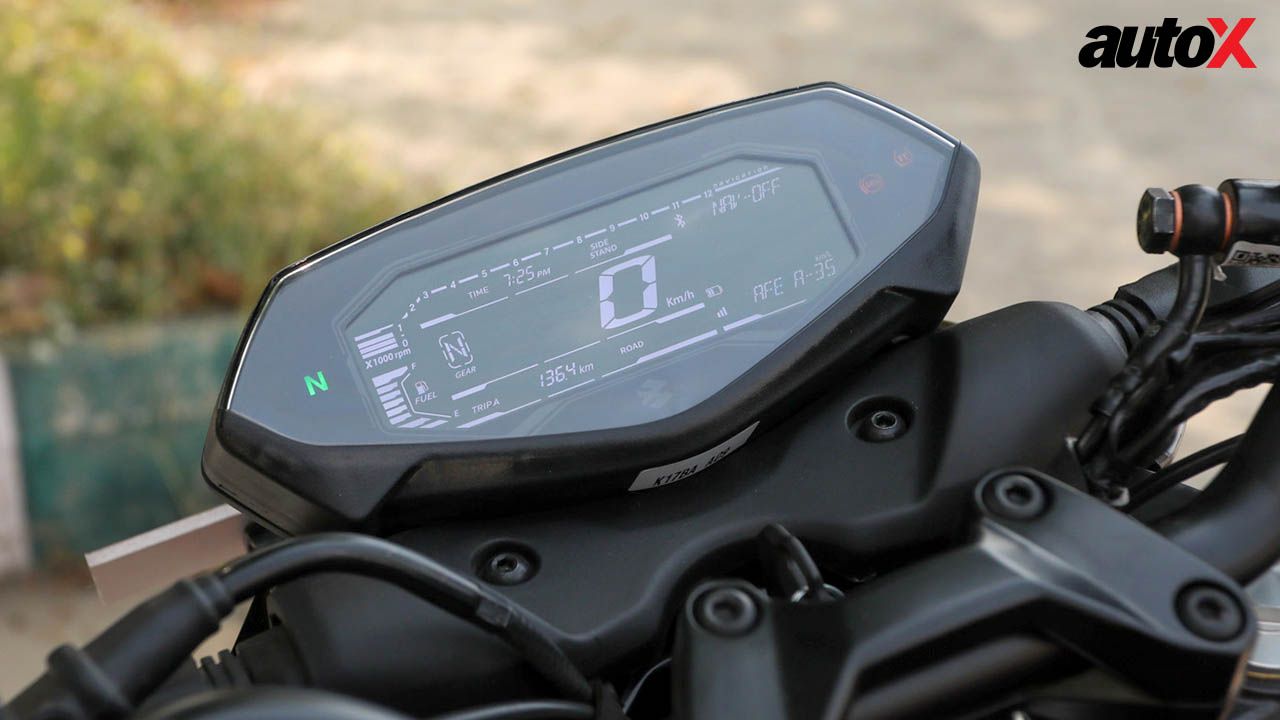
One of the biggest upgrades of the new N250 comes in the form of a new fully digital instrument cluster with a negative LCD panel, which replaces the earlier semi-digital unit. Sure, I miss the big analogue dial, but this new unit has been designed well too. Once you have spent about five minutes getting the hang of how data is displayed, it becomes very easy to read and follow. Bajaj has also added Bluetooth connectivity to the N250, which means that you can pair your smartphone to accept or reject calls (using the M button on the left side of the handlebar) and even access turn-by-turn navigation. All these are nice additions to the package, considering most modern two-wheelers feature connectivity these days.
2024 Bajaj Pulsar N250: Performance
The 249.07cc single-cylinder oil-cooled engine remains unchanged and produces 24.1bhp of peak power and 21.5Nm of peak torque. It has been tuned to deliver most in the middle of the rev band. The result is a motorcycle that you can easily ride in fourth and fifth gear. It can climb past the 100km/h mark easily with only one person on the saddle; however, there is not much on offer in the top end, except for vibrations through the handlebar and seat. Between 3,000 and 5,000rpm, the engine is actually very smooth and enjoyable.
However, I was a bit disappointed that the bike still comes with a 5-speed gearbox. Adding an additional gear would have been a good move. The clutch is light, but the gears shift with a clunk. It is not a completely terrible experience, but it does have room for improvement, something that the company can work on in future iterations.
2024 Bajaj Pulsar N250: New Tech
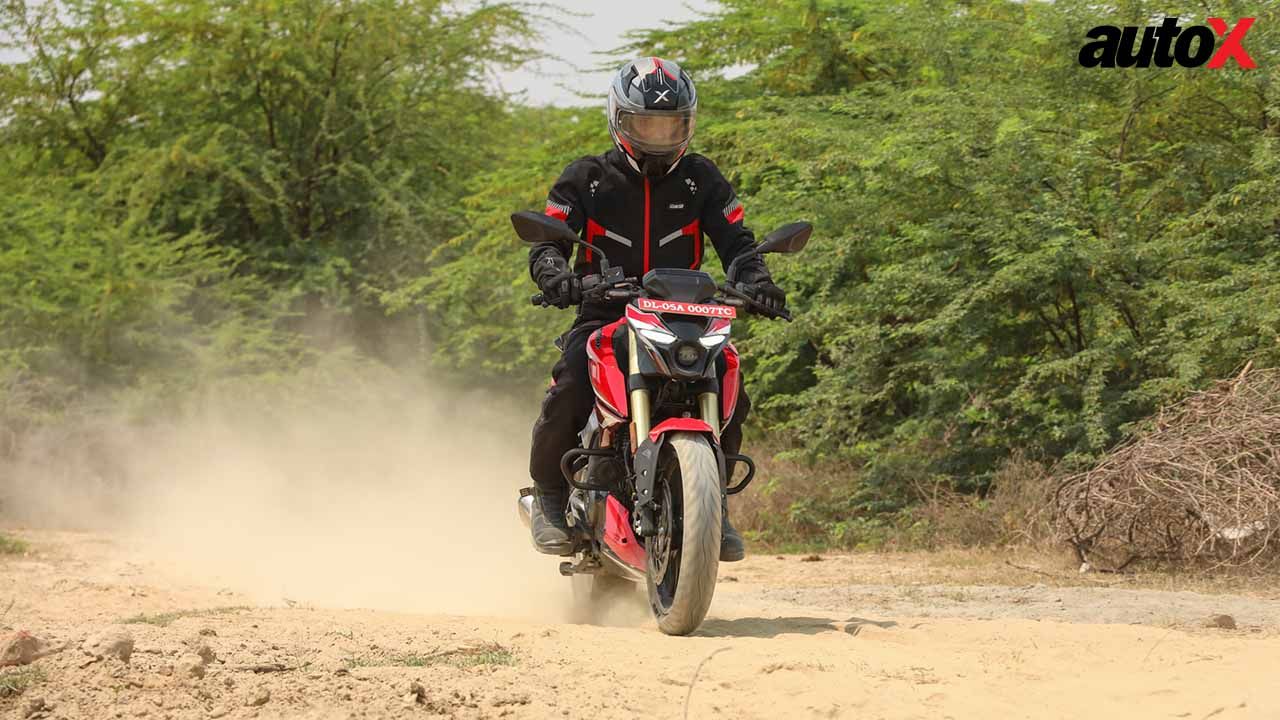
The 2024 update has made this one of the most advanced offerings in the price bracket not only because of Bluetooth connectivity but also because it now gets three ABS modes and a traction control system. The three ABS modes are Rain, Road and Offroad, each tweaking the amount of ABS intervention in the rear braking. The Rain mode tightens the ABS settings, while Offroad mode allows for a bit of a rear-wheel lock-up. During my time with the bike, I noticed that the rear-wheel bite was not enough to make the ABS kick in too often. In all honesty, you may not need this feature too frequently, but it is good to have this feature nonetheless. A more useful change is the presence of traction control. If you ever happen to ride on wet surfaces or ones riddled with pebbles, the traction control can come in handy. You can even switch it off in the Offroad mode if you are confident in your skills. I don't, however, like the fact that changing ride modes and cycling between various information on the screen use the same button. A separate button for changing the modes could have enhanced usability.
2024 Bajaj Pulsar N250: Ride and Handling
Just like its NS sibling, the N250 now gets upside-down forks at the front, which not only makes the bike look better but also inspires confidence while pushing the front end. However, Bajaj needs to loosen a little with the suspension tuning. In the stock setting, it is rather firm, especially the rear mono-shock. For a motorcycle that will primarily be used on city streets, it needs to have better dampening. Having a pillion on board, however, does make the experience a little better.
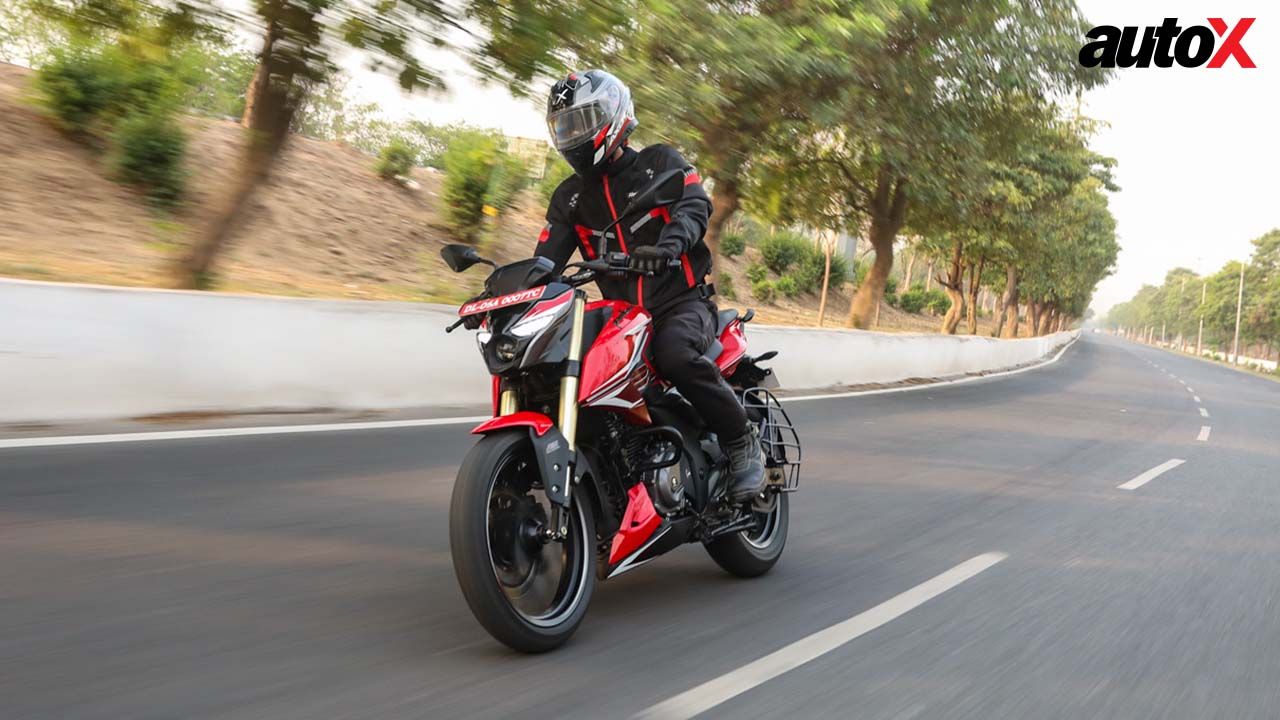
Riding the Pulsar N250 is extremely fun. Despite a weight increase of 2kgs, it does not feel cumbersome to manage. At 800mm, the seat height, too, has gone up by 5mm, but it will also not prove to be challenging for most people. The best part is that the stiff suspension and the slightly shorter wheelbase have resulted in a very agile motorcycle. Changing lanes quickly is super easy, and taking tight turns won’t upset the balance either. The wider tyres also add to the overall grip on the tarmac and allow you to push the bike harder around corners.
2024 Bajaj Pulsar N250: Verdict
The closest rival of the Pulsar N250 is the Suzuki Gixxer 250, which costs roughly Rs 30,000 more. For the extra money, you do get a better gearbox and more performance; however, it lacks the feature set of the new Pulsar. You could also look at some other motorcycles in this price bracket, which offer more performance than the N250. That said, none of them strikes the balance between everyday riding convenience, usable torque, and price as effectively as the Bajaj offering. A strategic move by Bajaj was to keep the pricing of the newer model not significantly higher than its predecessor. At Rs 1,50,829 (ex-showroom), the new N250 costs only about Rs 851 more than the old one.
Fuel: Petrol
Engine: 249cc / Single-Cylinder / Oil-Cooled
Power: 24bhp @ 8750rpm
Torque: 21.5Nm @ 6500rpm
Price: ₹1.51 Lakh (Ex-Showroom)
X-Factor: The most fun electric two-wheeler that also grabs attention
|
Pros • Torque Delivery & Agility |
Cons • Stiff Suspension |

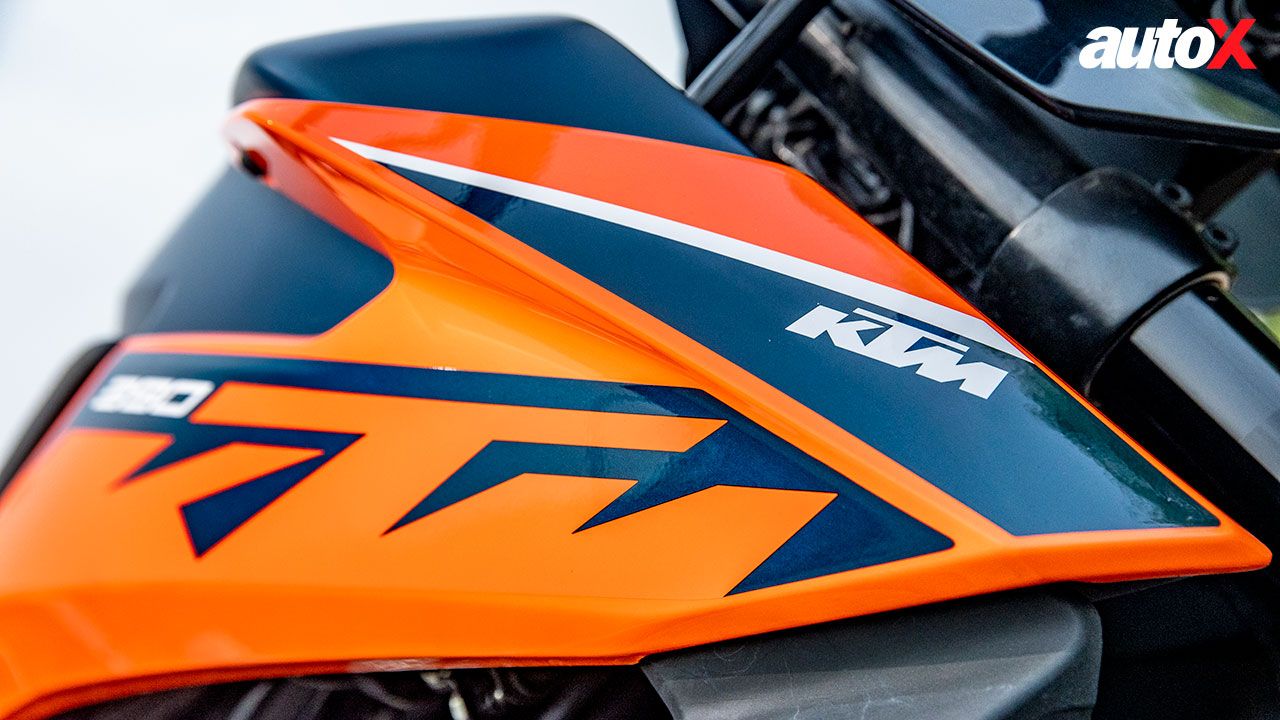
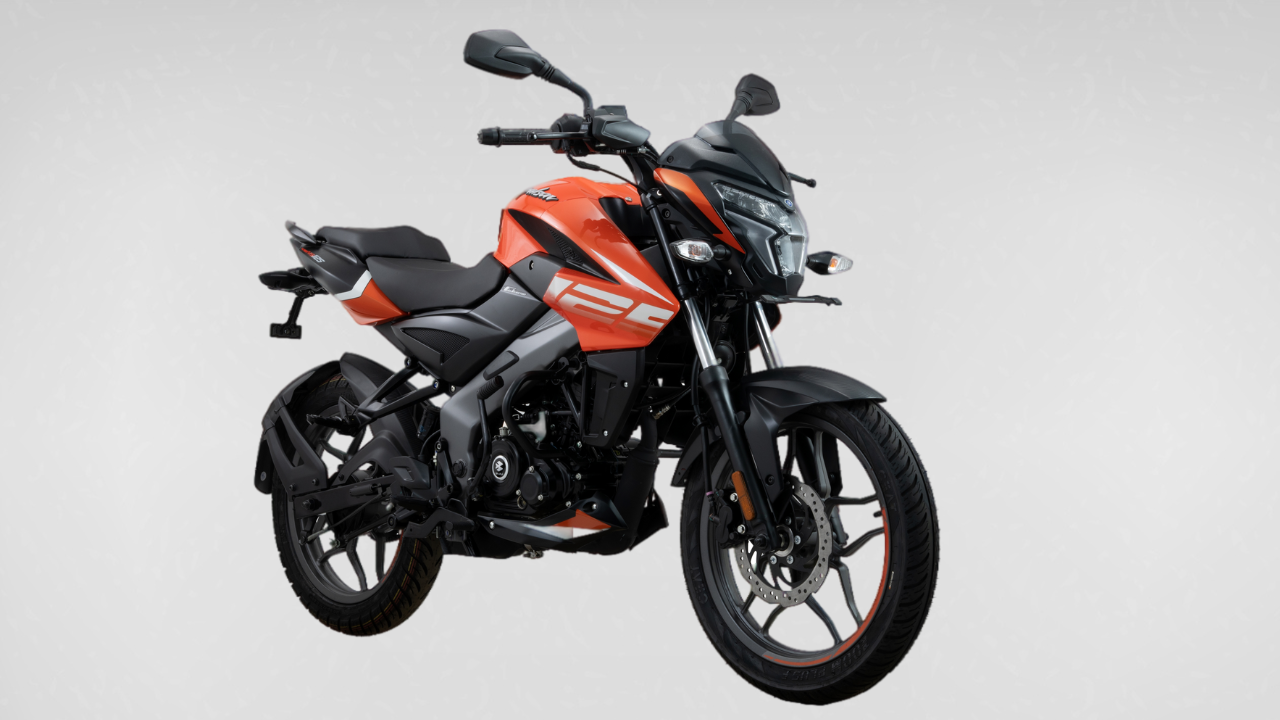

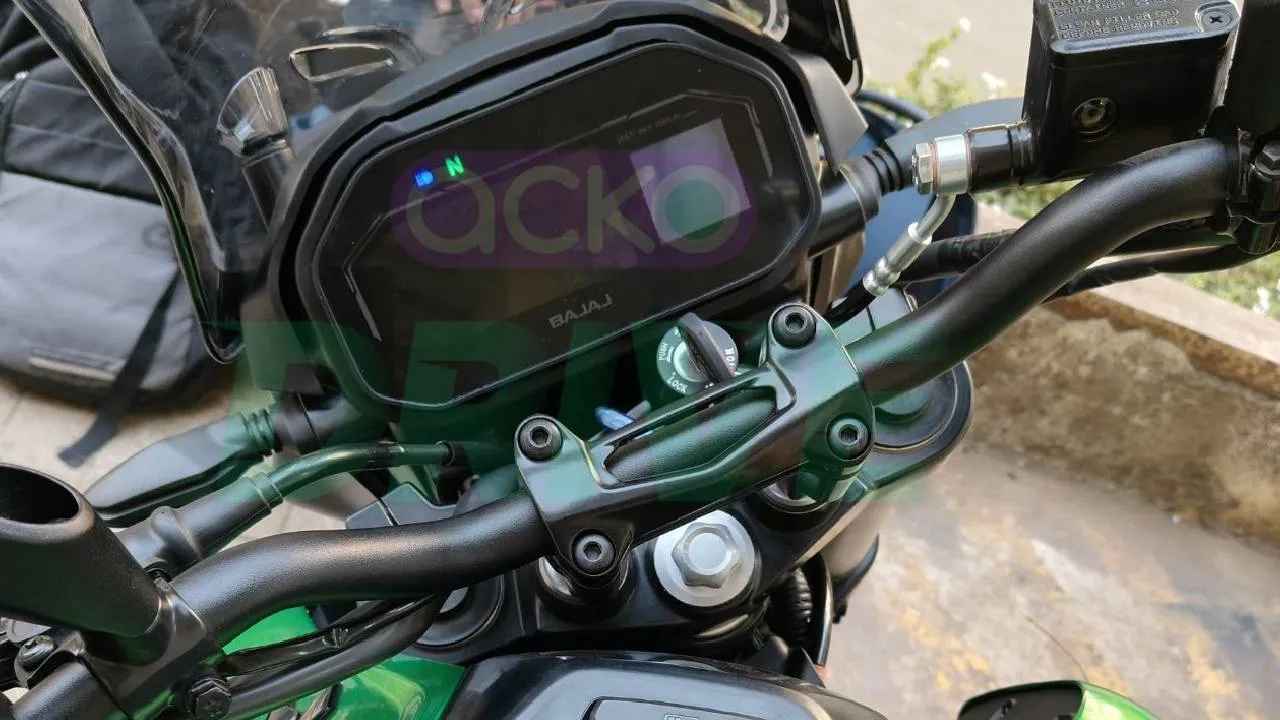
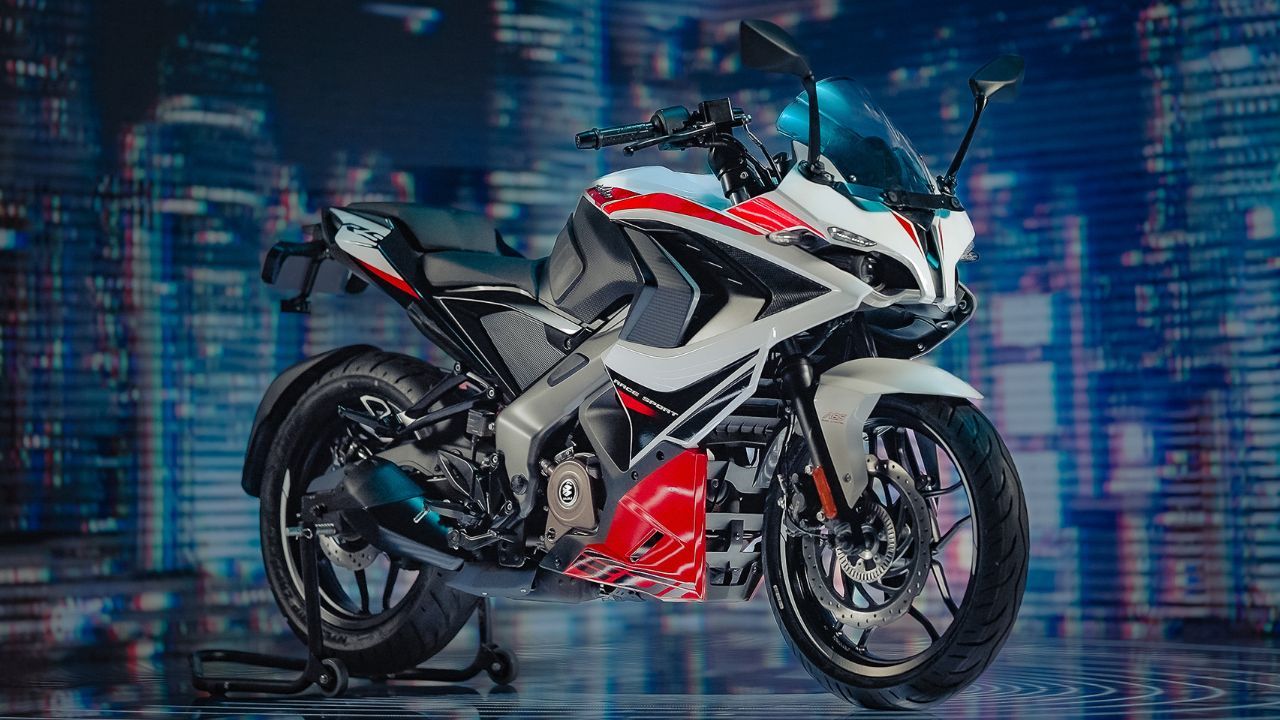




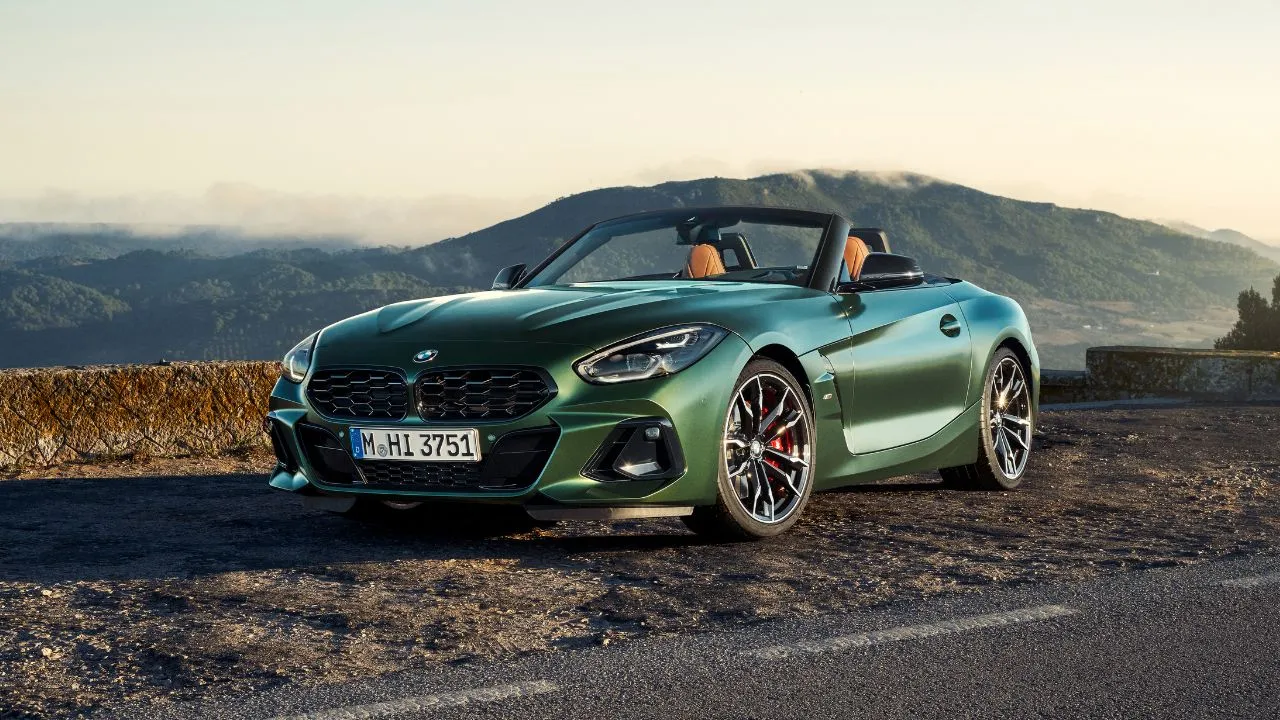



















Write your Comment on